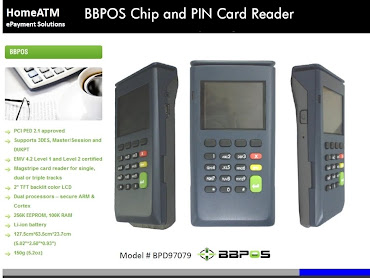VRL has announced the release of their new report, Cards & Payments in Asia. To request an executive summary of the report, you may click here.
Payment cards have played a major role in the Asia-Pacific region, and it is predicted that several key markets will continue to see significant consumer base and spending growth. According to the Asian Development Bank, more than 300 million households in the Asia-Pacific region lack access to basic financial services. Despite the low base, credit card spending at the point of sale has grown rapidly and debit cards have increasingly shown high growth levels.
However, Asia remains a very cash-dominant society. Many areas remain isolated and rural, which will impede on overall growth potential. Additionally, issuers remain very cautious about growth in the Asia-Pacific region given the current global economic downturn. In the past, the most significant hurdle for industry growth has been the lack of effective risk management, and while in many countries this is being addressed through the formation of credit bureaus and the development of comprehensive data reporting systems, it is still a significant challenge.
Nevertheless, it is worth pointing out that the region did go through its own version of the credit crunch several years ago with the loan default crises in Korea, Hong Kong and Taiwan and for the most part the lessons of inadequate risk management have been learned.
Widely speaking, some markets in the region will continue to grow rapidly as their economies mature and a larger consumer base is developed. The more developed countries such as Australia and Japan will expand but less so. However, each market brings with it its own unique set of circumstances, such as Taiwan and its recent NPL trouble and recovery. Another example would be the Australian market and its interchange battles with regulatory bodies.
The first section of the report will examine both macro and micro economic factors that will be largely responsible for influencing the growth and profit of financial cards industry in the Asia-Pacific region. These are:
- Market demographics – this chapter looks at the wider economic influences that will have an effect on potential growth within the Asia-Pacific region. This includes consumer spending, consumer confidence and population statistics, and also looks at any potential cultural trends that may play a role in the adoption of payment cards and consumer credit.
- Acquiring industry structure – this chapter focuses on merchant service fees and interchange rates that drive revenues as well as the merchant coverage that allows for consumers to use cards to make payments. It looks at potential regional challenges for the acquiring industry as well as possible solutions and areas for growth, and then examines both the acquiring environment of several countries in the region.
- Regulatory environment – this chapter examines the causes behind the default crises seen across several Asia-Pacific markets in 2004-2005, and how regulatory bodies have reacted. It also looks at fresh challenges seen in markets such as China that are seeing an increased foreign presence in the market, and the process of Basel II implementation process throughout the region will highlight the varying approaches that regulators have adopted in order to meet these new risk management requirements.
- Product mix – the main focus of this chapter is the various card products (debit, credit and prepaid) that are available in the Asia-Pacific region, the opportunities they present for volume and transaction value growth as well as the various challenges that specific markets will present. Prepaid opportunities are examined in close detail across several countries.
- Technology developments – this chapter looks at influence of technology on the growth and profitability levels of the Asia-Pacific payment cards industry. The growth and underlying potential of mobile banking, prepaid applications and contactless technology within several key markets has only recently come to the fore, and these are examined in greater detail.
- Level of competitive intensity – this chapter looks at markets across the region individually, examining which of the factors covered in the previous chapters will play a significant role in the growth and development of the cards market.
These influences will combine to drive growth and profitability levels in the market.
All Top Banking
Powered by Blogger.









0 comments